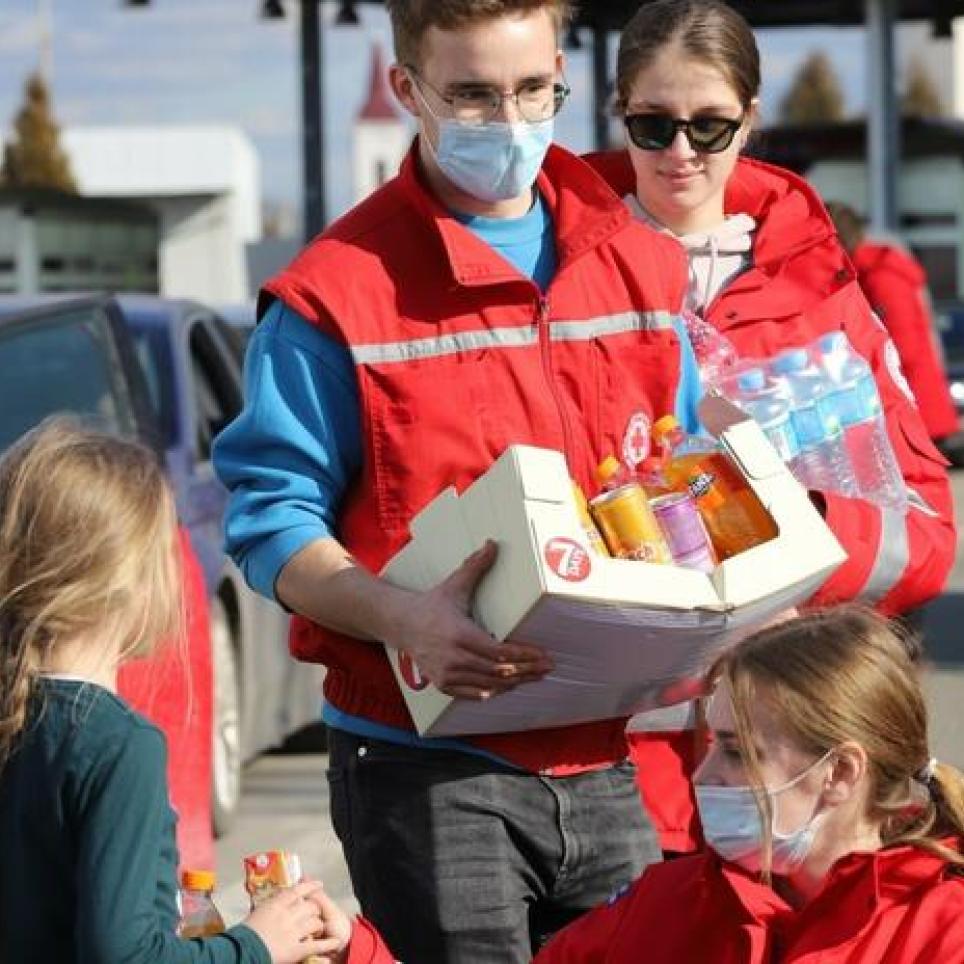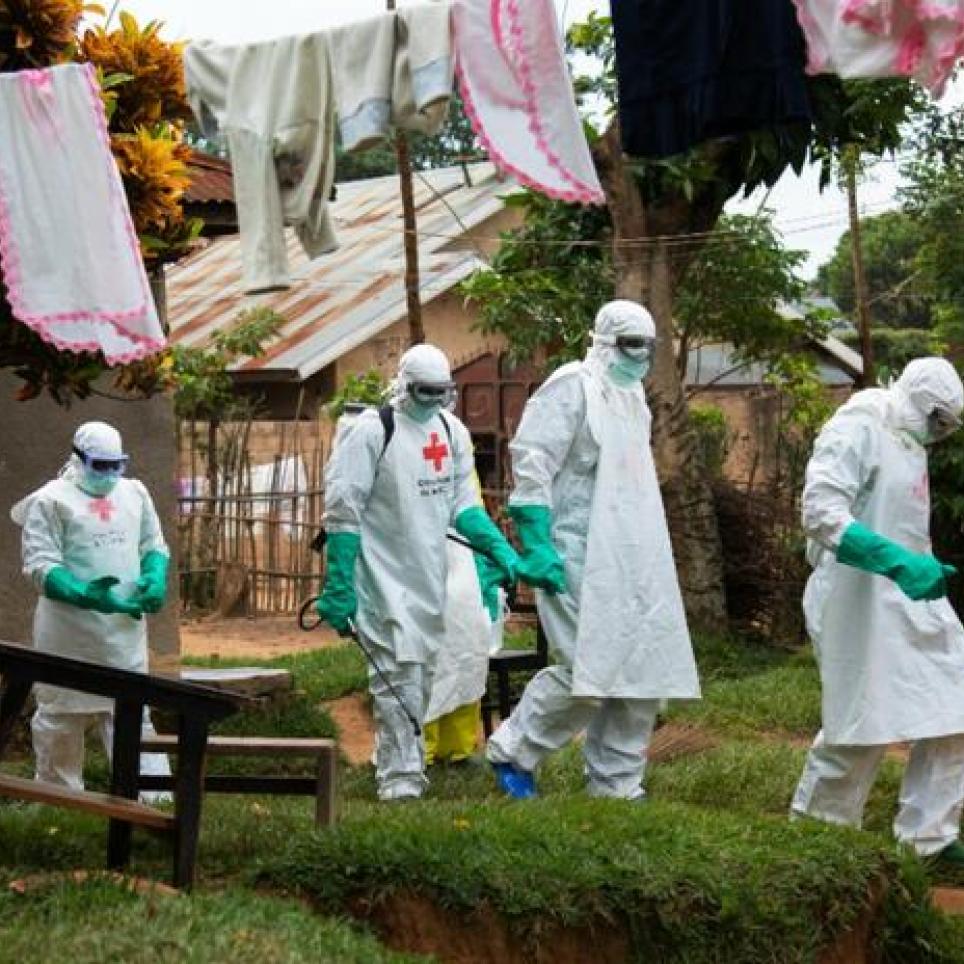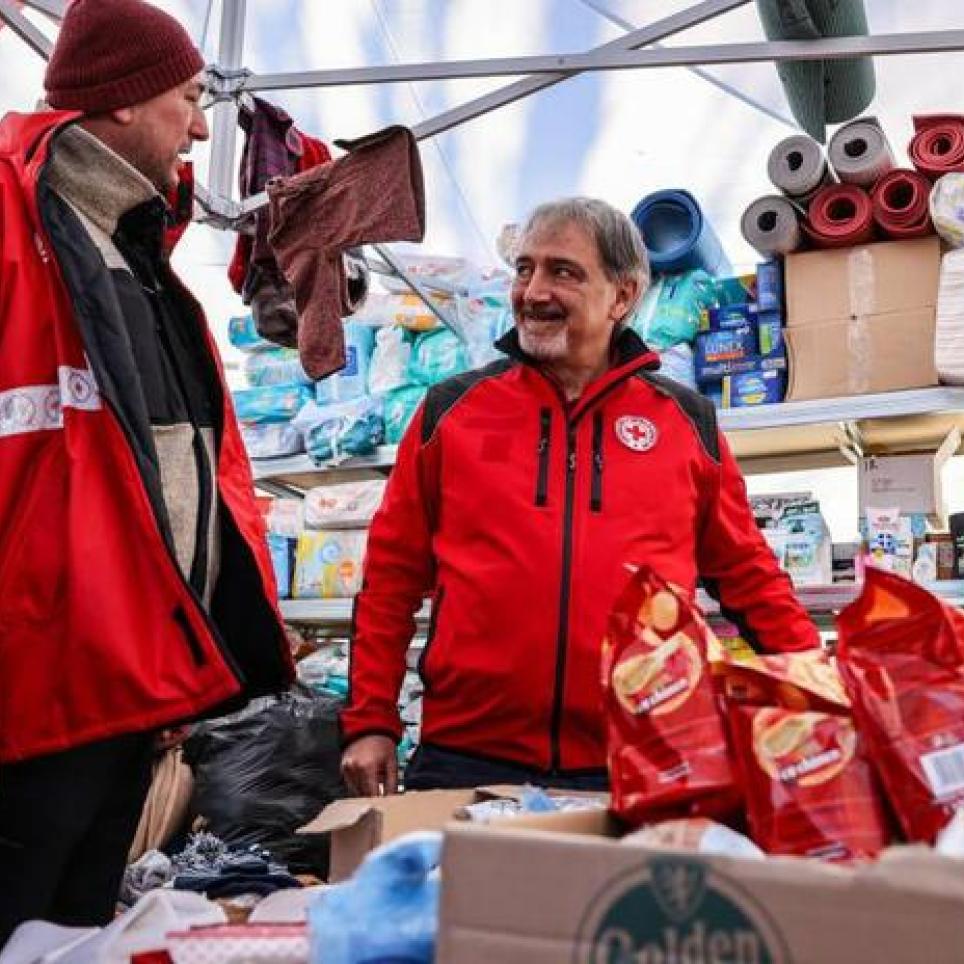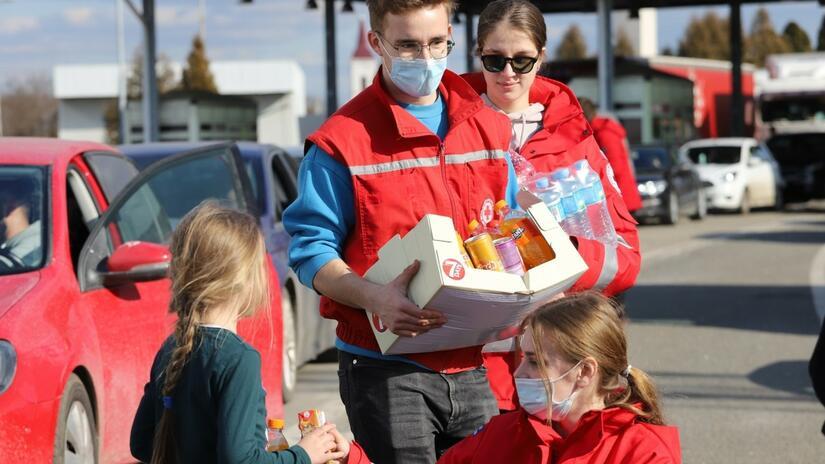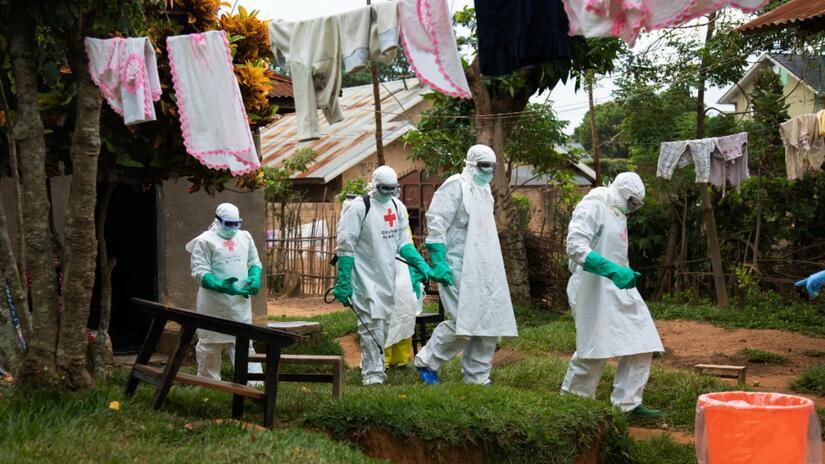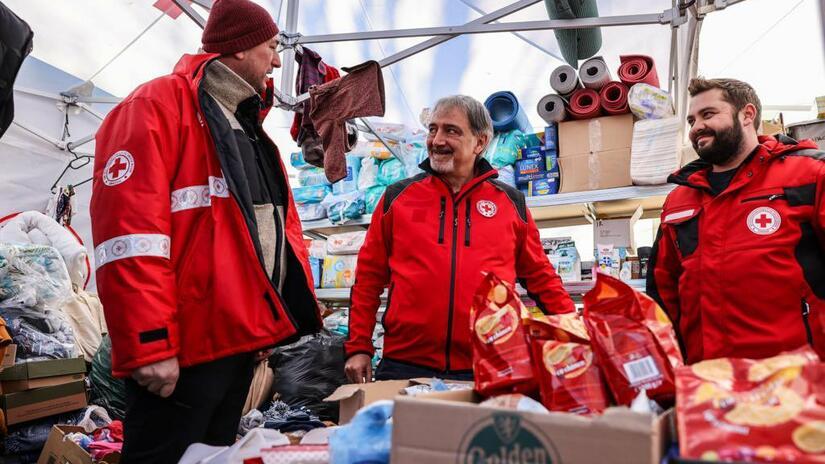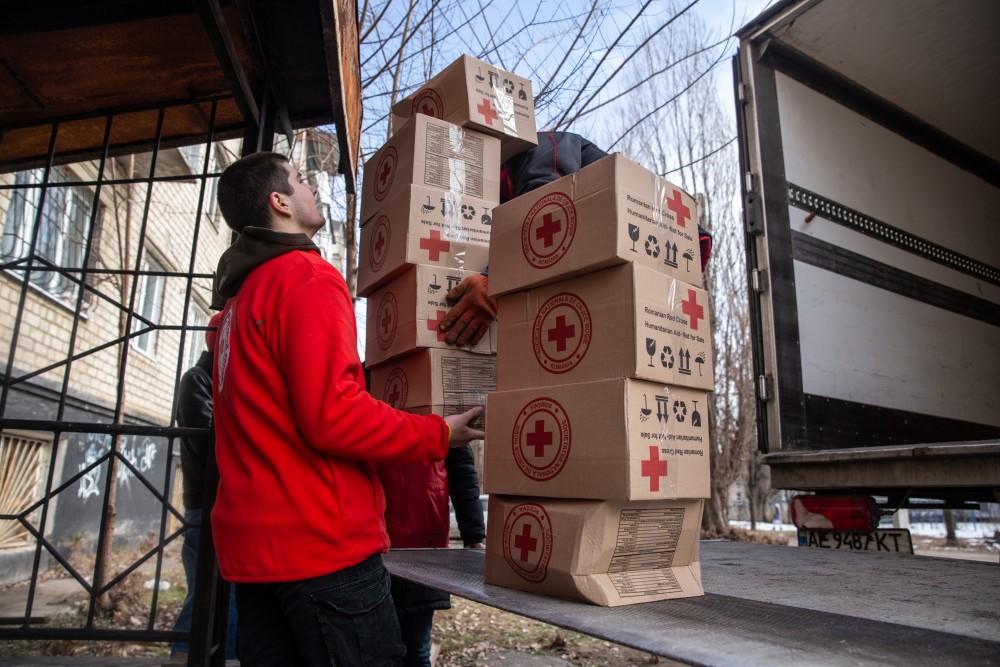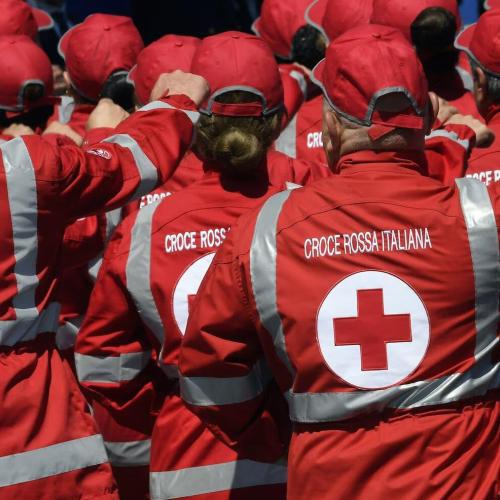
Webinar Abstract 23.11: Impact-Based Forecasting in Humanitarian Operations
On Thursday, September 23, CIMA and CRI, organised a webinar on Impact-Based Forecasting in Humanitarian Operations. In this webinar dedicated to the transfer of good practices in research into humanitarian operations in hydrometeorological disasters, innovations and good practices in this area are shown to the community of experts.

